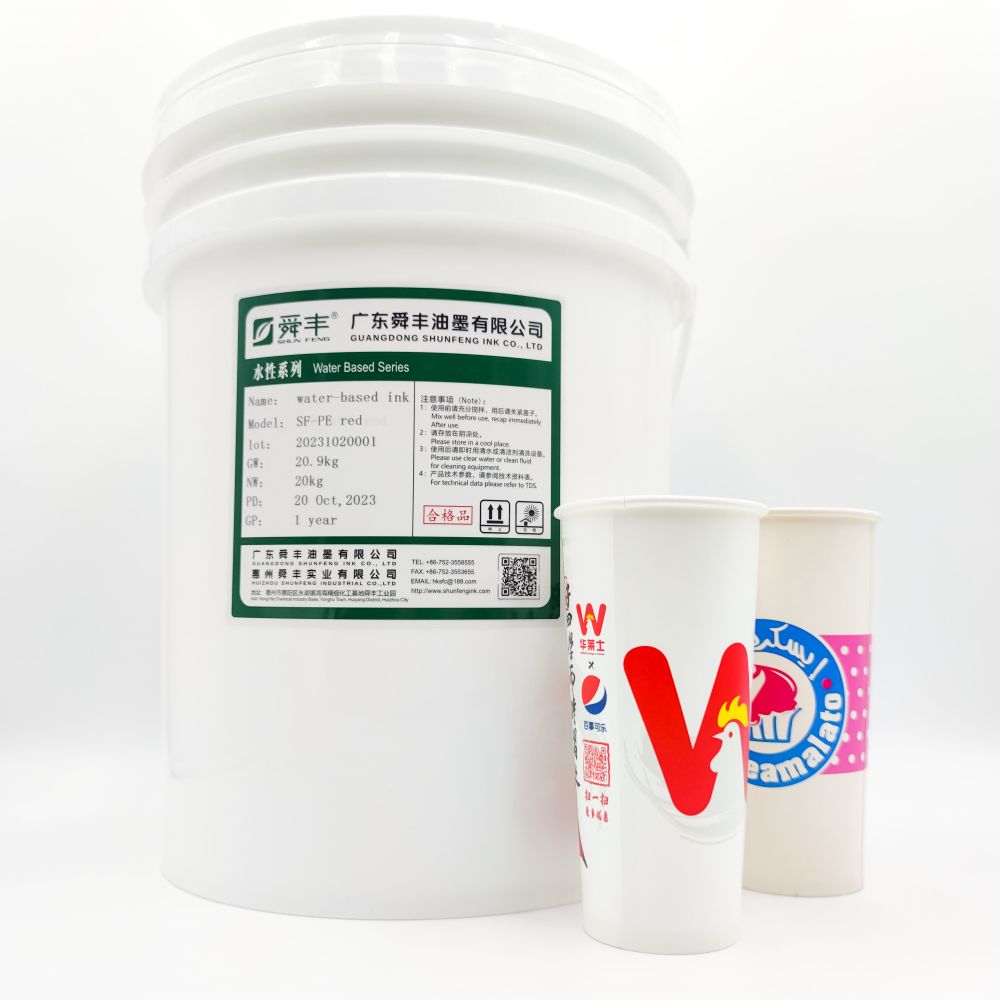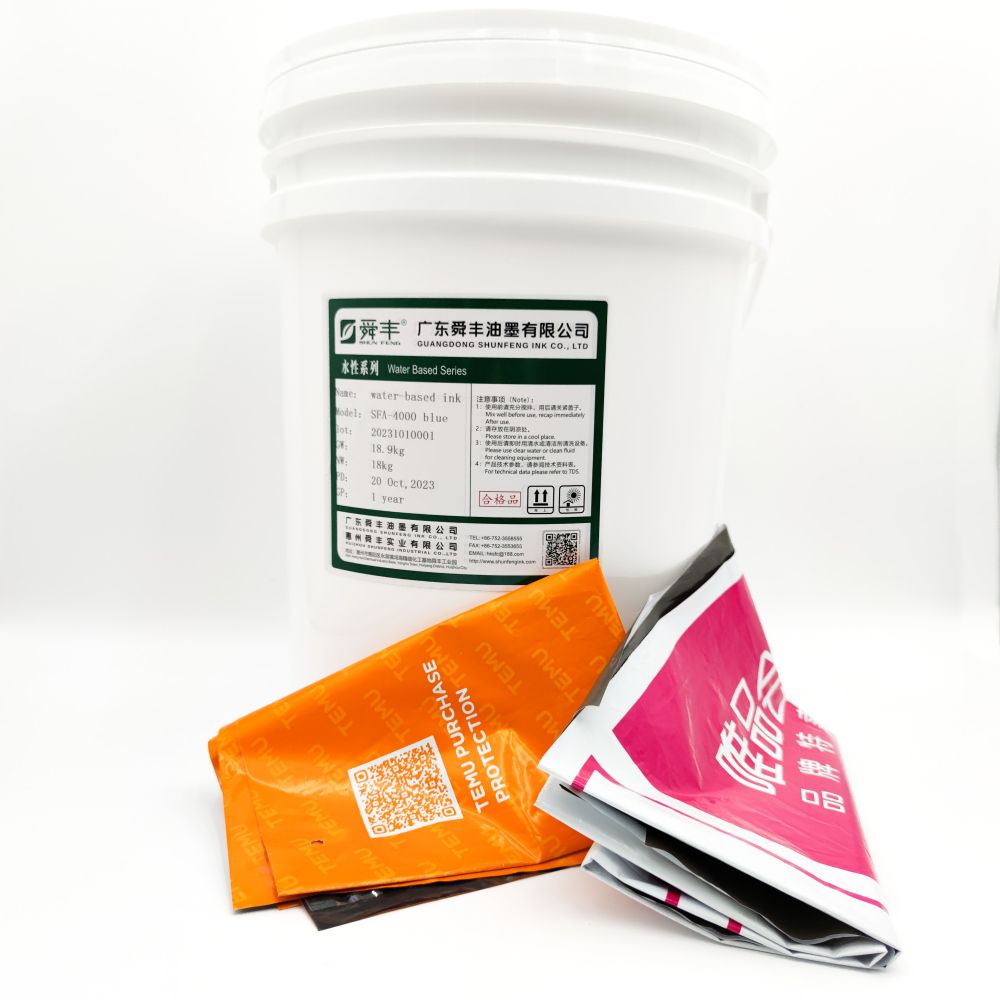0102030405
In the context of printing, inadequate control over ink viscosity can lead to several operational issues?
2024-05-28
- Excessive Viscosity: When ink viscosity is too high, its inherent stickiness and tendency to form long filaments during transfer between rollers can result in flying ink, a phenomenon where broken filament ends disperse into the air. This effect is exacerbated during high-speed printing.

- Paper Damage: High ink viscosity can surpass the surface strength of the paper, causing powdering, fibrillation, or delamination, particularly noticeable on papers with loose structures and low surface strength.
- Ink Transfer Inefficiencies: Elevated viscosity hampers efficient ink transfer from roller to roller and onto the printing plate or substrate due to an inverse relationship between ink transfer rate and viscosity. This leads to uneven ink distribution, insufficient ink coverage, and visible gaps in printed images.
- Process Disruptions: High viscosity not only increases ink consumption and results in thicker ink layers that slow down drying, but it also facilitates背面沾脏(ink set-off) or sticking between printed sheets. In sheet-fed printing, there's a risk of paper being drawn into the ink rollers.
- Low Viscosity Issues: Conversely, if ink viscosity is too low, increased fluidity (manifested as a thinner appearance) promotes ink emulsification in offset lithography, which contaminates the print with unintended marks.

- Spread and Clarity Reduction: Such inks easily spread on paper, expanding the printed area, reducing clarity, and diminishing the adhesion and gloss of the dried ink film to the substrate.
- Pigment Settling: Insufficient viscosity struggles to carry larger pigment particles during transfer, causing these particles to accumulate on rollers, blankets, or plates—a condition known as piling.











